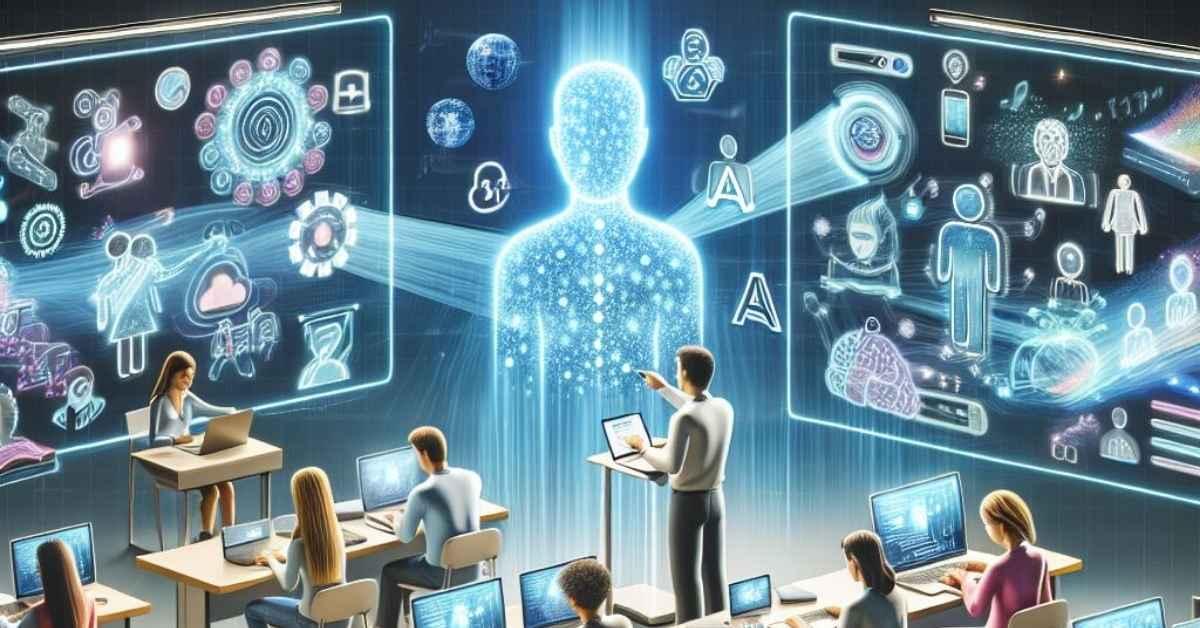The Future of AI in Higher education: Transforming Colleges and Universities
artificial intelligence (AI) is rapidly reshaping the landscape of higher education.As colleges and universities seek to modernize, AI is at the forefront, delivering personalized learning experiences, improving administrative efficiency, and empowering educators like never before. In this article, we’ll explore the transformative power of AI in higher education, outline its far-reaching benefits, present real-world case studies, and offer actionable tips for seamless integration on campus. If you’re curious about how AI will shape the future of colleges and universities, read on!
How AI is Transforming Higher Education
Artificial intelligence in higher education is more than a buzzword—it’s a practical tool enhancing every aspect of campus life. From intelligent tutoring systems to predictive analytics, AI technologies are revolutionizing the way universities operate and how students learn.
- Personalized Learning: AI-powered platforms adapt course materials to individual learning styles, helping students master concepts at their own pace.
- Smart Campus Management: Colleges leverage AI for resource optimization, from building energy use to scheduling classes and managing facilities.
- Improved Student Support: Chatbots and virtual assistants provide instant academic and administrative support to students, 24/7.
- Advanced Research: AI aids educators and students in automating data analysis, text mining, and literature reviews in research projects.
The Benefits of AI Integration in Colleges and Universities
The integration of artificial intelligence in higher education provides multiple advantages. Here’s how AI is enhancing the overall experience for students, faculty, and administrators:
For Students
- Personalized Feedback: AI tools analyze student performance and provide tailored feedback, helping identify strengths and areas for improvement.
- Accessible Learning Options: Adaptive e-learning platforms make education more accessible to students with diverse needs.
- Increased Engagement: Interactive AI-powered simulations and virtual labs foster deeper understanding of complex topics.
For Educators
- Administrative Relief: AI automates routine tasks such as grading, freeing up faculty for more meaningful student interactions.
- Early warning Systems: Predictive analytics flag at-risk students, enabling early intervention and support.
- Enhanced Curriculum design: Data-driven insights help faculty continuously refine courses to meet evolving student needs.
For Administrators
- operational Efficiency: AI streamlines admissions, scheduling, and enrollment management, resulting in cost and time savings.
- Improved Decision-making: Real-time analytics inform policy and strategic plans.
Challenges and Ethical Considerations in AI Adoption
While the future of AI in higher education is filled with promise,institutions also face meaningful challenges and ethical dilemmas. Responsible adoption requires careful planning and oversight.
- Data Privacy Concerns: As AI tools collect more student data, robust measures must be in place to protect sensitive information.
- Bias and Fairness: AI algorithms can inadvertently reinforce biases. Continuous monitoring and obvious methodologies are crucial.
- digital Divide: Unequal access to AI-powered resources may widen existing gaps between students.
- Faculty Training: Educators need upskilling and support to effectively use AI tools in their teaching and research.
Case Studies: AI in Action at Leading Institutions
Many universities worldwide are leading the charge in the adoption of AI in higher education. Here are some real-world examples:
Georgia State University: Predictive Analytics for student Success
Georgia State University used AI-powered predictive analytics to monitor over 800 risk factors and proactively advise students at risk of dropping out. As a result, graduation rates increased dramatically, and the achievement gap among minority students was substantially reduced.
Arizona State University: AI-Driven Chatbot ‘Sunny’
Arizona State’s ‘Sunny’ chatbot answers thousands of student questions on enrollment, financial aid, and campus life. Available around the clock, it has led to faster problem resolution and less administrative workload.
Harvard University: Adaptive Learning Platforms
Harvard incorporates AI-based adaptive learning in flagship courses, tailoring instruction paths to each student’s needs, resulting in higher student engagement and improved learning outcomes.
Practical Tips for Implementing AI in Higher Education
Considering AI for your college or university? Here are some best practices to ensure a smooth and effective transition:
- Start with Pilot Programs: Test AI applications on a small scale before campus-wide rollout to assess outcomes and refine strategies.
- Focus on User experience: Involve students, staff, and faculty in AI solution selection and development to ensure adoption and satisfaction.
- Prioritize Data Security: Establish clear policies on data collection, storage, and usage to build trust and maintain compliance with regulations.
- Invest in Training: Provide ongoing professional development to help educators and administrators develop AI literacy.
- Maintain a Human Touch: Use AI to complement—not replace—personal connections within the academic community.
The Future Outlook: What’s Next for AI in Higher Education?
The wave of AI innovation in higher education shows no signs of slowing down. Here’s what the future may hold:
- AI-Driven Academic Advising: Will become more sophisticated, providing personalized guidance throughout a student’s academic journey.
- Smart Learning Environments: Campuses will use AI to manage facilities, security, and resources in real-time.
- Automated Research & Insights: AI will accelerate academic discoveries across disciplines by processing complex data sets and literature at scale.
- Global Collaboration: AI-powered translation and interaction tools will connect students and researchers worldwide, breaking down language and geographic barriers.
Conclusion
The future of AI in higher education is bright—and transformative. As colleges and universities embrace AI-driven innovation, they open new avenues for personalized learning, institutional efficiency, and academic research. However, successful AI integration requires thoughtful planning, ongoing training, and a commitment to ethical best practices.
By understanding the benefits, challenges, and real-world applications of AI in higher education, academic institutions can chart a course toward a smarter and more inclusive future for students and staff alike.

